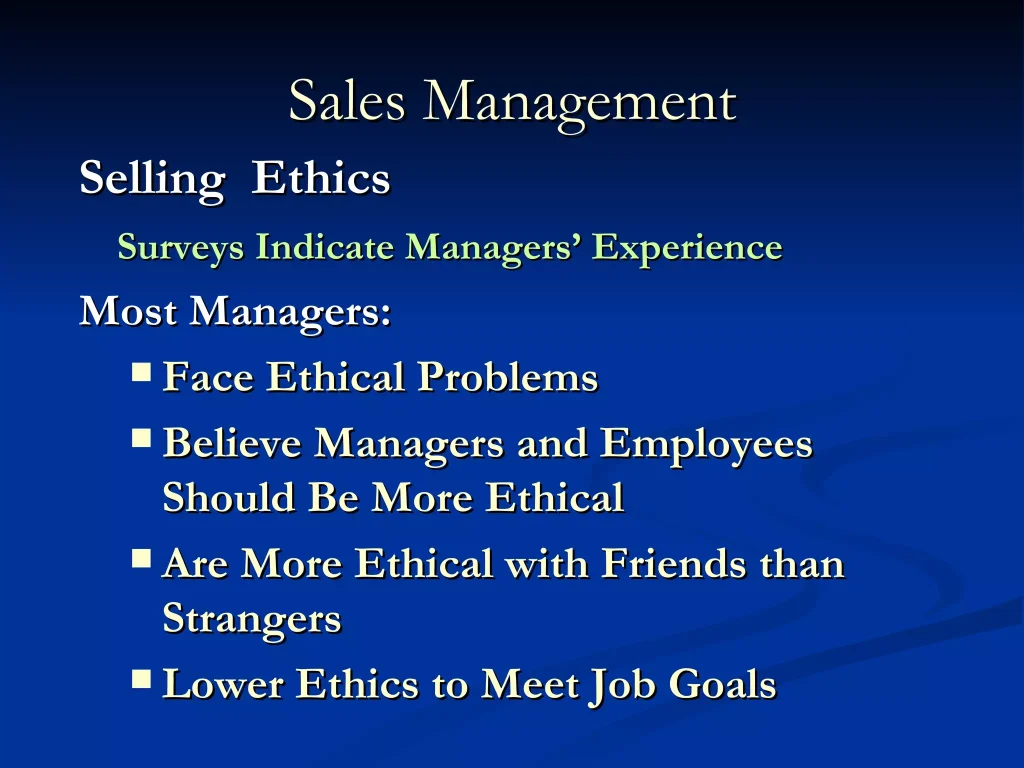Some mental processes are impossible to duplicate on computers: certain types of sales-forecasting, for example, need a rich and detailed train of thought.
AI has the ability to identify patterns and correlations from handling big data to boost the probabilistic nature of sales forecasting, predictive analytics, leads scoring, customer retention and customer loyalty.
Accurate Predictions
Algorithms powered by data analytics unearth hidden, multi-layered correlations, enabling businesses to sharpen short-term forecasts, optimise sales strategies, maximise growth and consistently increase profitability.
For the sake of your bakery business, AI can help you respond to ups and downs in the prices of ingredients such as flour and sugar or production costs such as shipping and storage, and predict where they might be heading so you can manage them profitably, supplying customers but also mitigating risk without extra outlays.
AI can also help with customer data because it enables you to automate data entry and spend less time entering information and more time making human connections with your customer database with your sales teams, which will in turn increase the likelihood of winning that sale.
Real-Time Insights
AI can help forecast sales performance for companies, and it’s even able to give real-time insights that can allow teams to respond quickly to market changes. Better yet, businesses can help determine which sales messages to focus on, reducing customer churn.
These AI algorithms make use of sophisticated forms of data analysis – such as machine learning and deep neural networks – that are capable of identifying patterns and correlations that no human is likely to spot quickly or easily. The models can also adjust in real time, tuning parameters as more data arrives with each iteration, recalibrating the ‘weights’ that each factor will contribute.
A company can adjust forecasts up or down, depending on a change in marketing or supply situation, or a surge in bookings by customers. An aggregator of online travel sites can keep track of bookings by customers, and adjust the forecasting model to account for lean periods or booking spikes.
With the use of AI tools, sales managers get a sense of the reliability of each sales rep’s forecast (for example, whether it’s conservative or aggressive); the opportunities for improvement; and the potential for coaching to create a win-win situation for the sales rep and the company. Sales forecast transparency leads to better team performance and helps leaders manage up and maximise revenue potential.
Predictive Modeling
Although some type of thinking requires to be done by humans, an AI-backed sales forecasting system may be able to perform better and more efficiently than a human. AI sales forecasting software using a huge amount of data such as buying purposes, social media engagement, clicks on websites, market trends and many other things.
Using iterative learning, predictive AI models autonomously evolve to minimise errors over time and to generate more accurate forecasts. They examine large amounts of data and identify obscure patterns, giving a better picture of sales trends that help for strategic decision-making.
For this reason, they can also help sales staff (who are often quite conservative in terms of data-driven information because they feel it can be biased or stagnant) use AI to make personalised suggestions about what to offer customers – for example, if you are like such-and-such a customer, you like such-and-such. This is all about engaging customers with specific suggestions, which can stimulate sales to like-minded customers. More importantly, these personalised touches can build customers’ trust and loyalty – and increase CLV, which is especially important in today’s fast-changing market.
Personalized Recommendations
Personalised recommendations from AI can seek to deliver those sales conversions – based on customer buying patterns, the AI will identify areas for increased product placements and upsells. Powered by predictive analytics, natural language processing, real-time data assimilation capabilities and real-time data assimilation mechanisms means that the AI quickly identifies trends and patterns in vast amounts of customer-facing data within a matter of seconds.
Today, AI provides clarity when organisations are conflicted, helping them make rational business decisions about how to more effectively use their resources, control levels of inventory and better target their marketing efforts than was previously possible. With AI, businesses are better positioned to predict changes in the marketplace and modify their sales strategy accordingly.
Companies involving artificial intelligence for sales-forecasting can benefit from this technology because it reduces workflow, eliminates administrative tasks, and saves time for teams by automating manual processing. Additionally, it empowers sales teams to spend more time on customer engagement – resulting in higher revenue and solidification of competitive position, as well as higher engagement rates, retention rates, lower churn and brand loyalty – all which helps business to succeed and earn more money.




